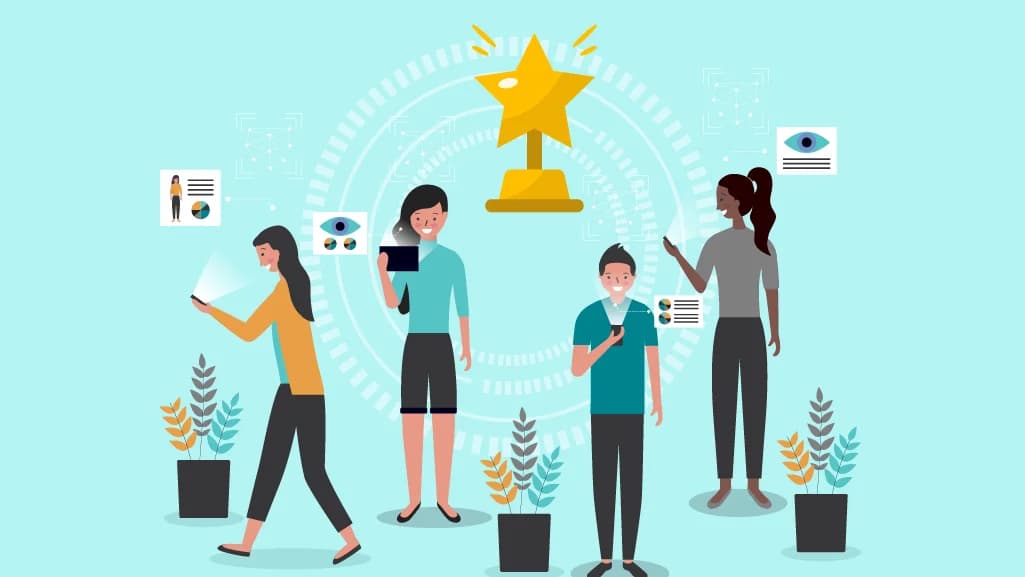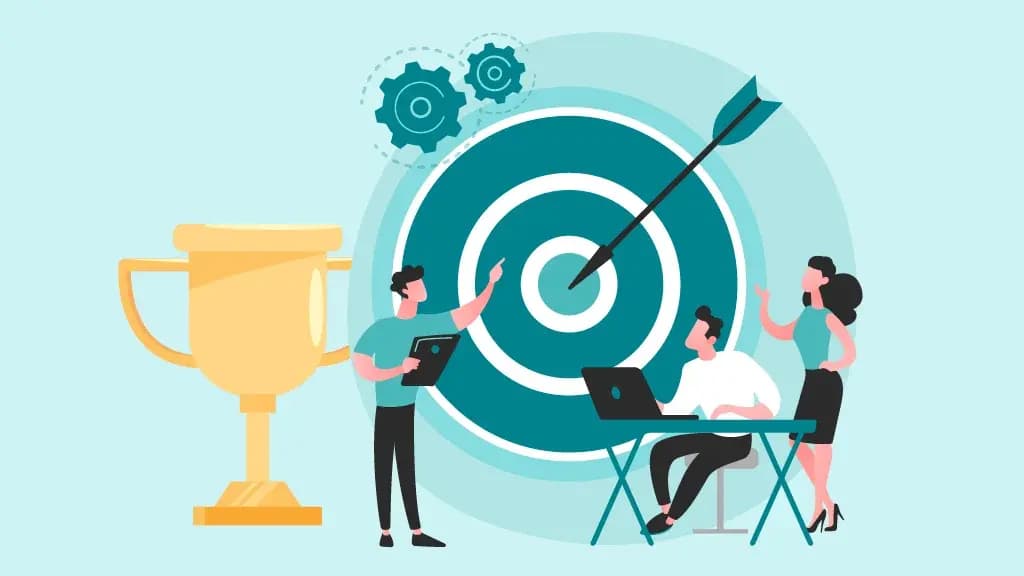5 Brain Secrets to Fuel Your Team with AI-Timed Recognition

Team AdvantageClub.ai
October 29, 2025

That’s where smarter, data-driven platforms help. They make sure employee recognition is timely, fair, and uplifting. And this doesn’t take away from genuine human connection; it strengthens it. When done right, recognition becomes a steady and equal force that truly powers a motivating workplace culture.
1. The Dopamine-Driven Workplace: The Science of "The Hit"
The problem with late recognition is that the brain has already moved on. If praise comes weeks after the effort, the impact is almost lost. That’s why timing matters so much.
2. The Equity Equation: Decoding the Unseen Contribution
3. The Power of Predictive Timing: The "Just-in-Time" Jolt
The brain responds best when recognition comes close to the action. If it’s delayed, the motivational effect fades. That’s why timely recognition makes such a difference.
Smart recognition platforms can help by sending reminders or even automating messages when key milestones are reached. For example, if a project is completed successfully, the system can nudge a manager to give recognition or send out an appreciation message on its own.
4. The Social Synapse: Reinforcing Bonds and Building Trust
People are naturally social, and much of our motivation comes from our connections with others. When recognition comes from peers, it creates a stronger bond. Science shows that peer praise releases oxytocin, the chemical that builds trust and strengthens relationships.
- Easy sharing: Employees can send each other quick shout-outs, thank-you notes, or points of appreciation.
- Public record: A recognition wall or feed displays these moments, showing the positive energy across the organization.
5. From Generic to Genetic: The Blueprint for Personalized Motivation
- Tailored recognition: The system can suggest sending a private note to someone who prefers it or a public shout-out to someone who enjoys the spotlight.
- Flexible rewards: Employees can pick what’s meaningful to them, whether that’s a gift card, an experience, or something else.
Rewiring the Future of Work
Tools like AdvantageClub.ai make this possible. They ensure recognition goes to the right person, at the right time, for the right reason. This isn’t just about adding new tech; it’s about creating workplaces that are more engaging, inclusive, and people-focused.





